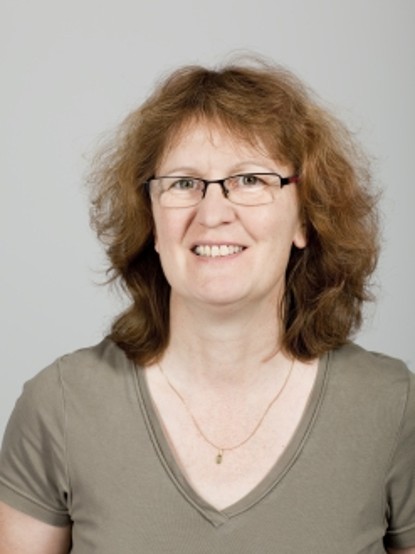The long and winding path to statistical models for large ensembles of sliding drops
Guest talk by Uwe Thiele (WWU Münster)
2018/11/16
On 16 November 2018 Uwe Thiele (WWU Münster) will hold a guest lecture entitled “The long and winding path to statistical models for large ensembles of sliding drops”. Uwe Thiele heads the group “Selforganisation and Complexity” at the Institute of Theoretical Physics.
Abstract:
After a brief review of a number of experiments on dewetting/spreading/sliding thin films/drops of simple liquids we introduce the concept of a gradient dynamics (hydrodynamic long-wave) model for the evolution of interface-dominated films and drops on solid substrates.
Next, we employ classical density functional theory (DFT)1 to determine wetting potentials and Derjaguin (disjoining) pressures that encode the adsorption and wetting behaviour of liquids at solid substrates2. Entering them into the dynamical model we consider the spreading of individual (terraced) drops on either an adsorption layer or a completely dry substrate. To achieve this, the hydrodynamic model is modified such that for very thin layers a diffusion equation is recovered3.
Next, we focus on the dynamics of individual sliding drops on an incline4. In particular, we discuss their bifurcation diagram and the occurring transformations in dependence of the driving force. We show that a number of shape transitions occur at saddle-node bifurcations. Further there is a global bifurcation that results in dynamic states where a main sliding droplet emits small satellite droplets at its rear (pearling instability) that subsequently coalesce with the next droplet. These pearling states show the period-doubling route to chaos5.
The single-drop results are then related to direct numerical simulations on a large domain that examine the interaction of many sliding drops. The ongoing coalescence and pearling behavior results in a stationary distribution of drop sizes, whose shape depends on the substrate inclination and the overall liquid volume. We illustrate that aspects of the steady long-time drop size distribution may be deduced from the single-drop bifurcation diagrams. In the final coarse-graining step we use the obtained single-drop information to construct a statistical model for the time-evolution of the drop size distribution and show that it captures the main features of full-scale simulations6.
[1] A. P. Hughes, U. Thiele, and A. J. Archer, Am. J. Phys. 82, 1119-1129 (2014).
[2] A. P. Hughes, U. Thiele and A. J. Archer, J. Chem. Phys. 142, 074702 (2015) and J. Chem. Phys. 146, 064705 (2017).
[3] H. Yin, D. N. Sibley, U. Thiele and A. J. Archer, Phys. Rev. E 95, 023104 (2017).
[4] T. Podgorski, J.-M. Flesselles and L. Limat, Phys. Rev. Lett. 87, 036102 (2001).
[5] S. Engelnkemper, M. Wilczek, S. V. Gurevich and U. Thiele, Phys. Rev. Fluids 1, 073901 (2016).
[6] M. Wilczek, W. Tewes, S. Engelnkemper, S. V. Gurevich and U. Thiele, Phys. Rev. Lett. 119, 204501 (2017).
Subsequent CRC talk:
Flow profiles close to three phase contact lines
Benedikt Straub (project A06)
Wetting and dewetting behavior on solid surfaces is the crucial process underlying many natural phenomena as well as technical applications like printing or coating of surfaces. The CRC project A06 aims to study the wetting behavior of surfactant solutions. This is done by measuring flow profiles of surfactant solutions. An experimental setup and a measurement method has been realized. Especially the flow profile close to the three phase contact line is highly interesting for modelling efforts.
In this talk the measurement technique and first results of three dimensional flow profile measurements close to the three phase contact line are presented. We critically discuss the possibilities and limitations of the methods. First results show that surfactants cause a deviation of the flow field in comparison to theoretical predictions for pure liquids. Current experiments show a dividing streamline close to receding and advancing contact lines which needs further investigations and comparison to theoretical models.
Date and time:
16 November 2018, 11:00 – 12:30 hrs
Venue:
L2|06 Room 100

